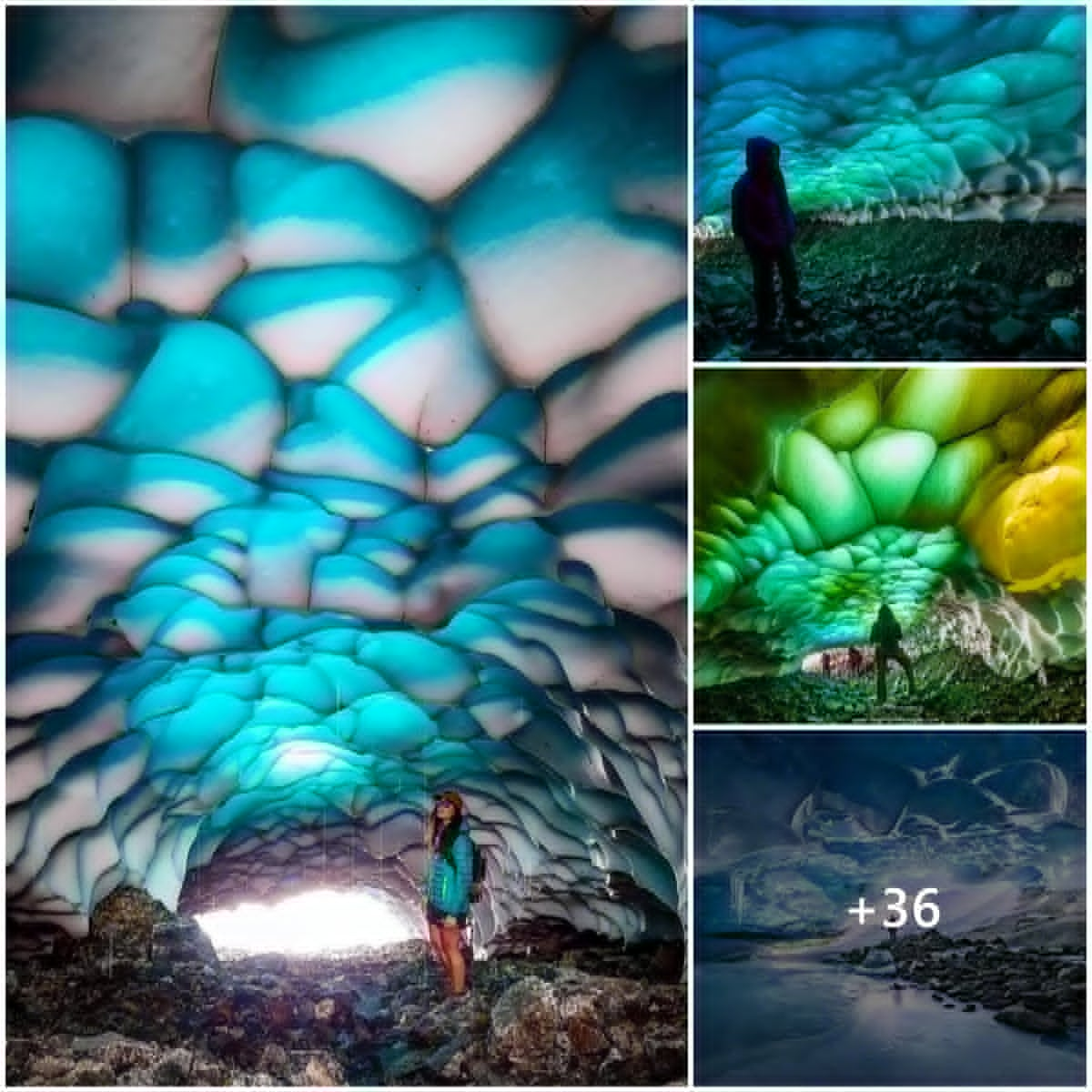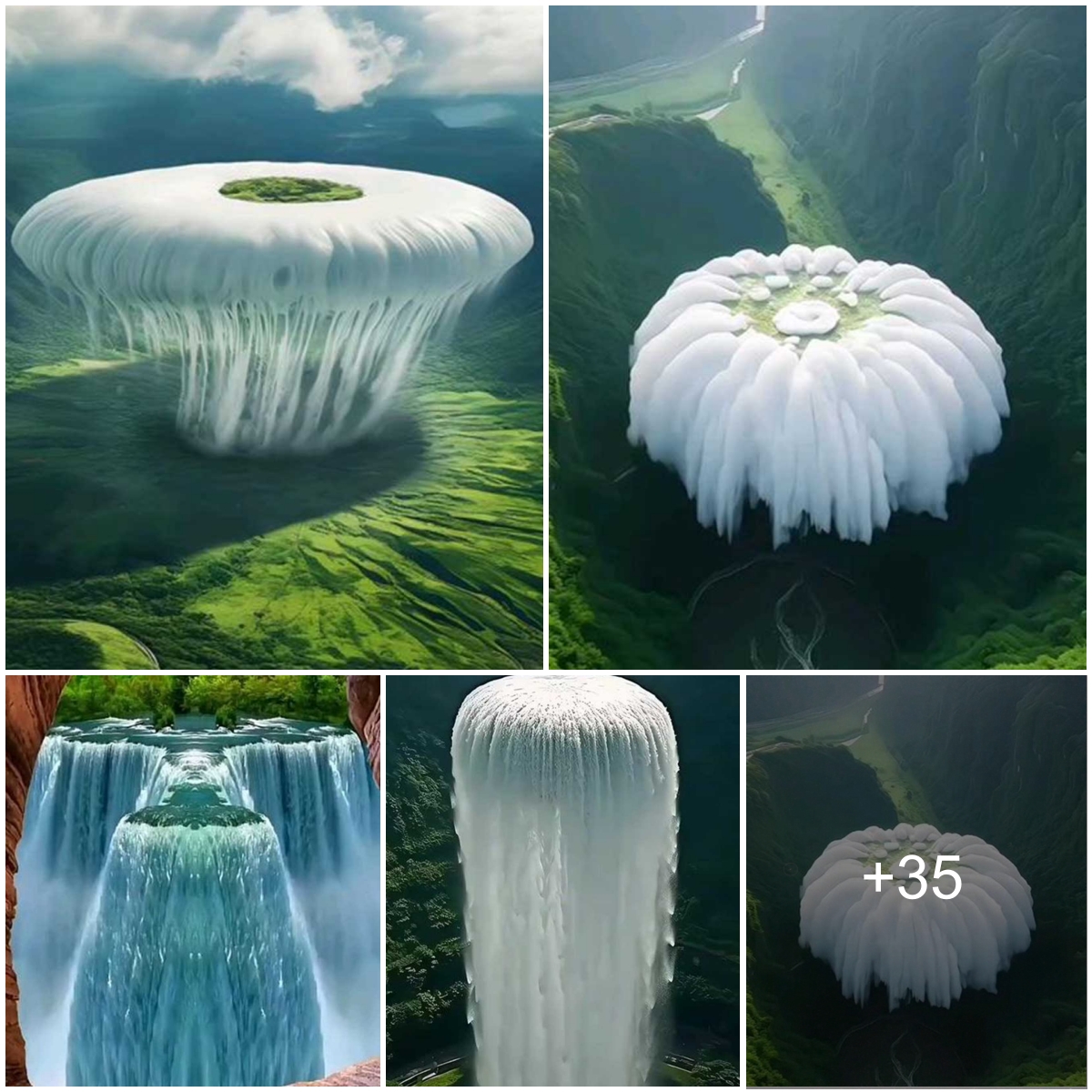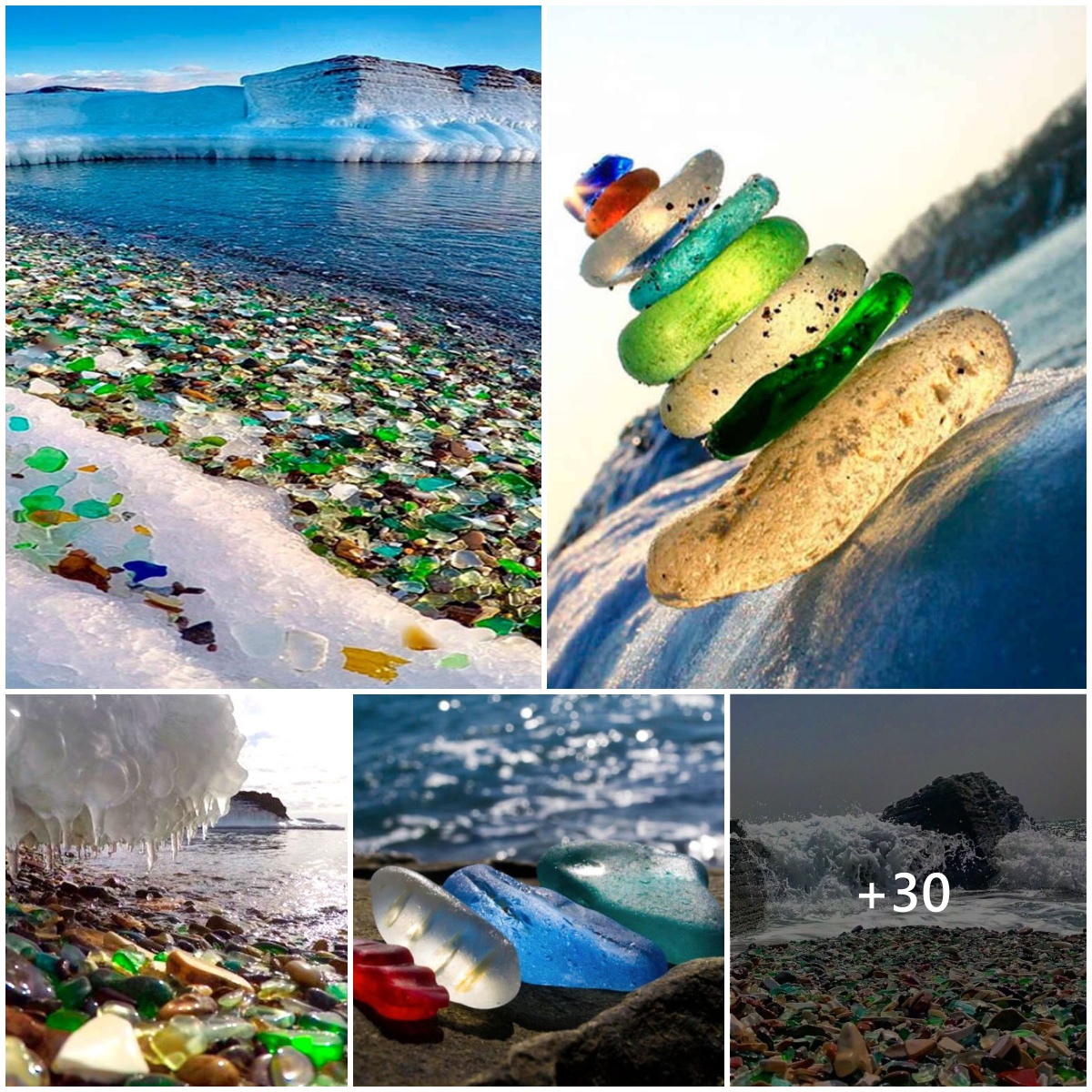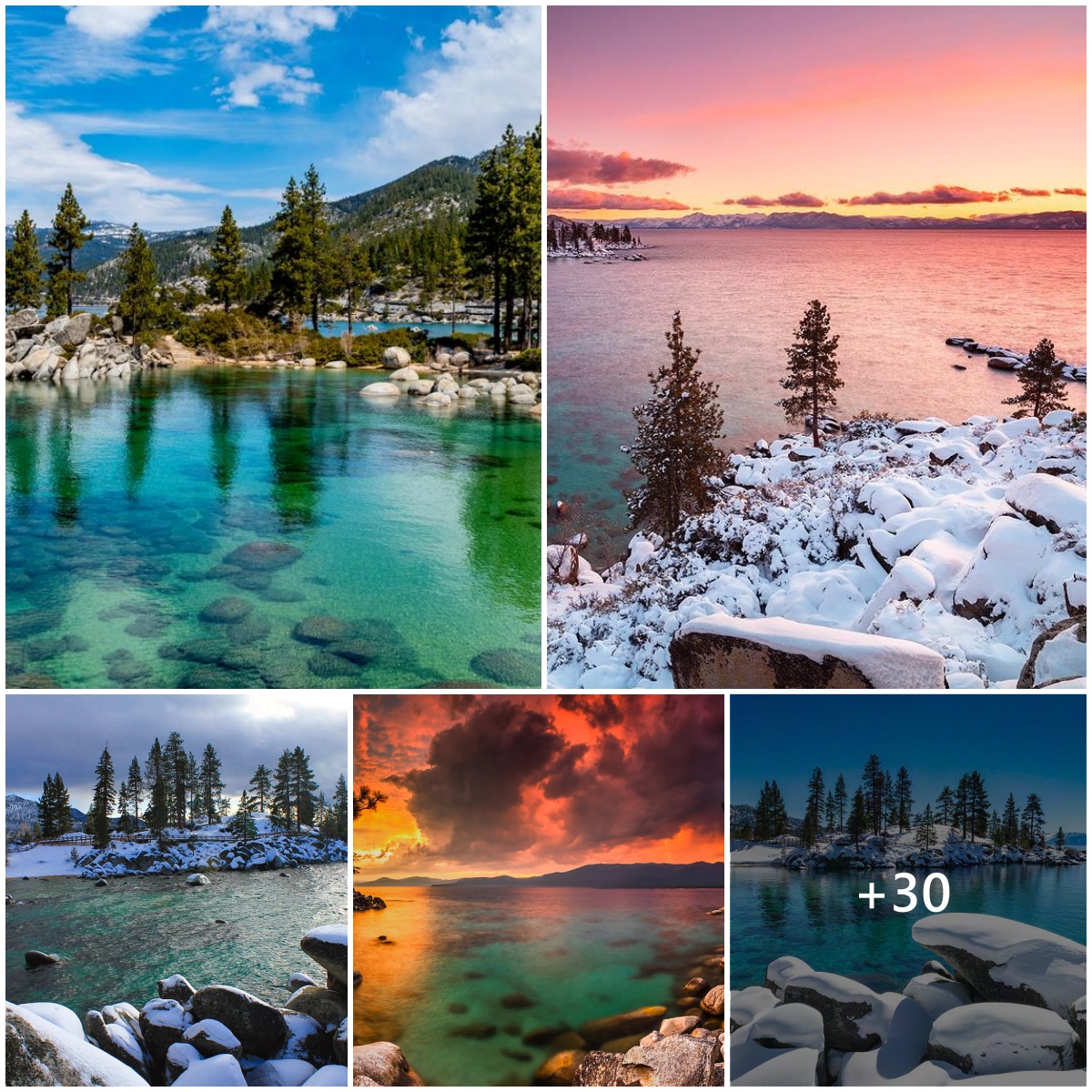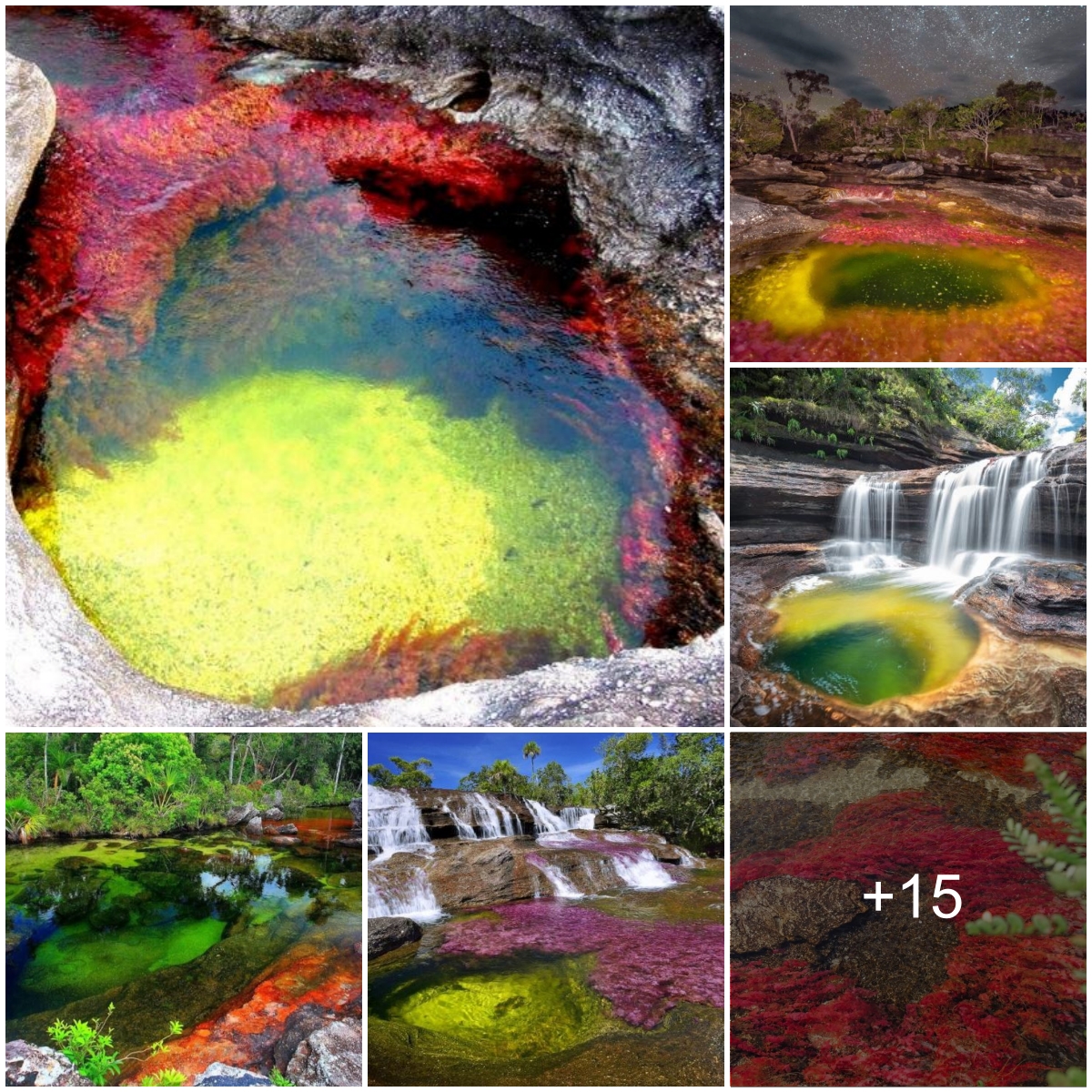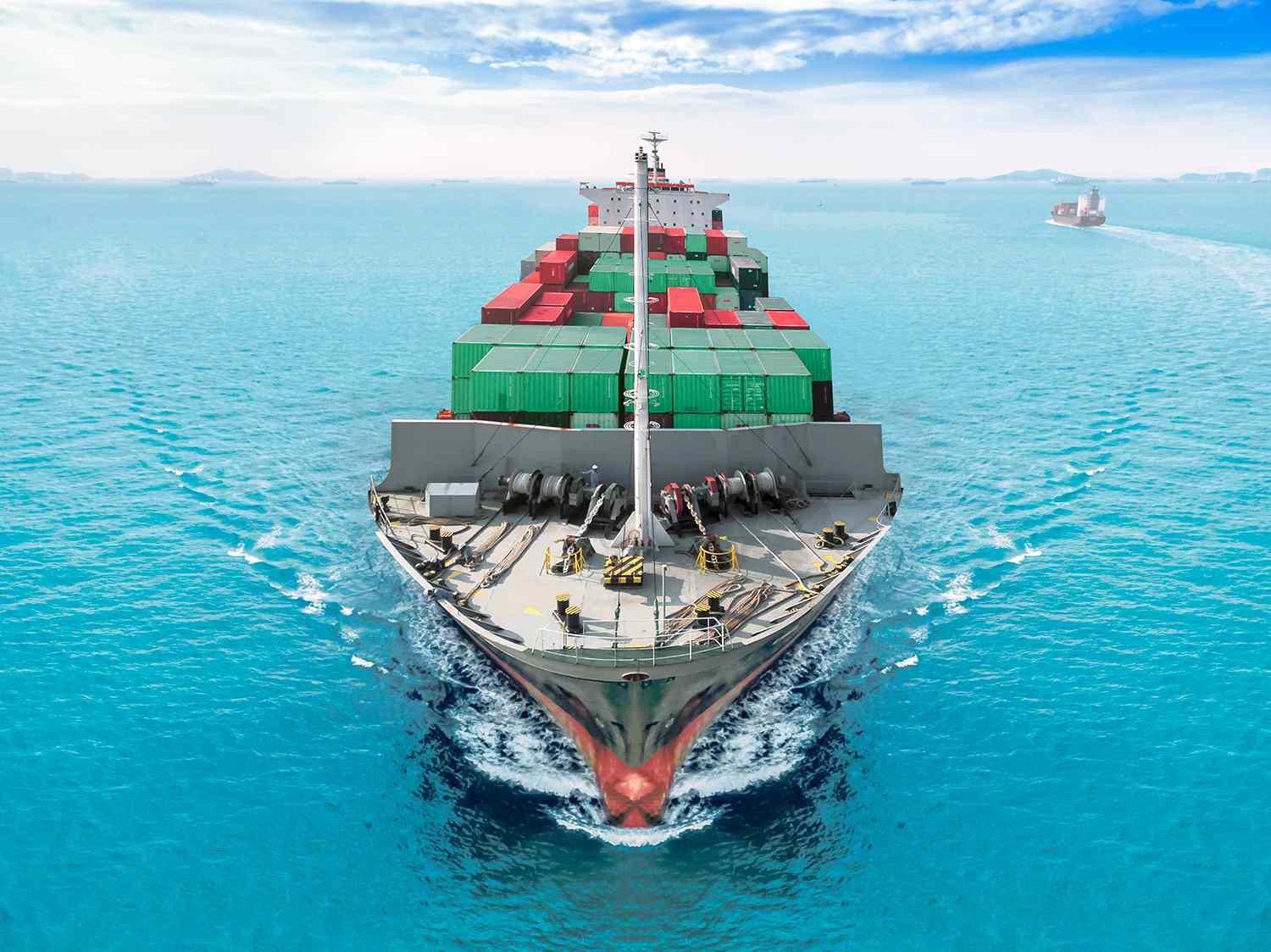
About 70 percent of the Earth’s surface is covered with water. This water is composed of the world’s five oceans as well as many other bodies of water. One of these common water body types is a sea, a large lake-type water body that has saltwater and is sometimes attached to an ocean. However, a sea does not have to be connected to an ocean outlet; the world has many inland seas, such as the Caspian.The following is a list of the Earth’s 10 largest seas based on area. For reference, average depth and the oceans they are within have been included.

• Area: 1,144,800 square miles (2,965,800 sq km)• Average depth: 4,688 feet (1,429 m)• Ocean: Atlantic Ocean
The Mediterranean Sea loses more water by evaporation than it is fed by the rivers draining into it. Thus, it has a steady inflow from the Atlantic.
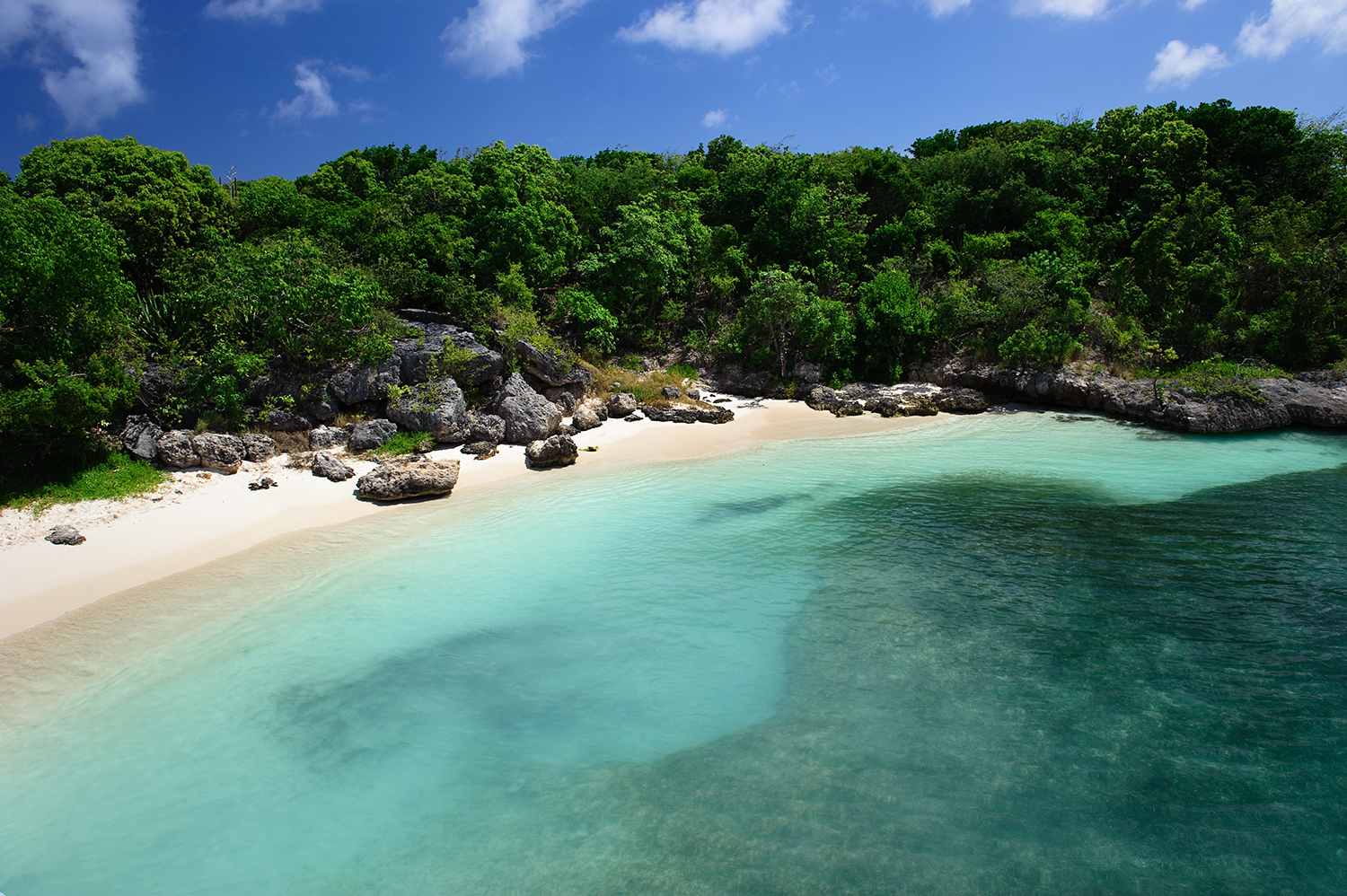
• Area: 1,049,500 square miles (2,718,200 sq km)• Average depth: 8,685 feet (2,647 m)• Ocean: Atlantic Ocean
The Caribbean Sea averages eight hurricanes per year, with most happening in September; the season extends from June to November.
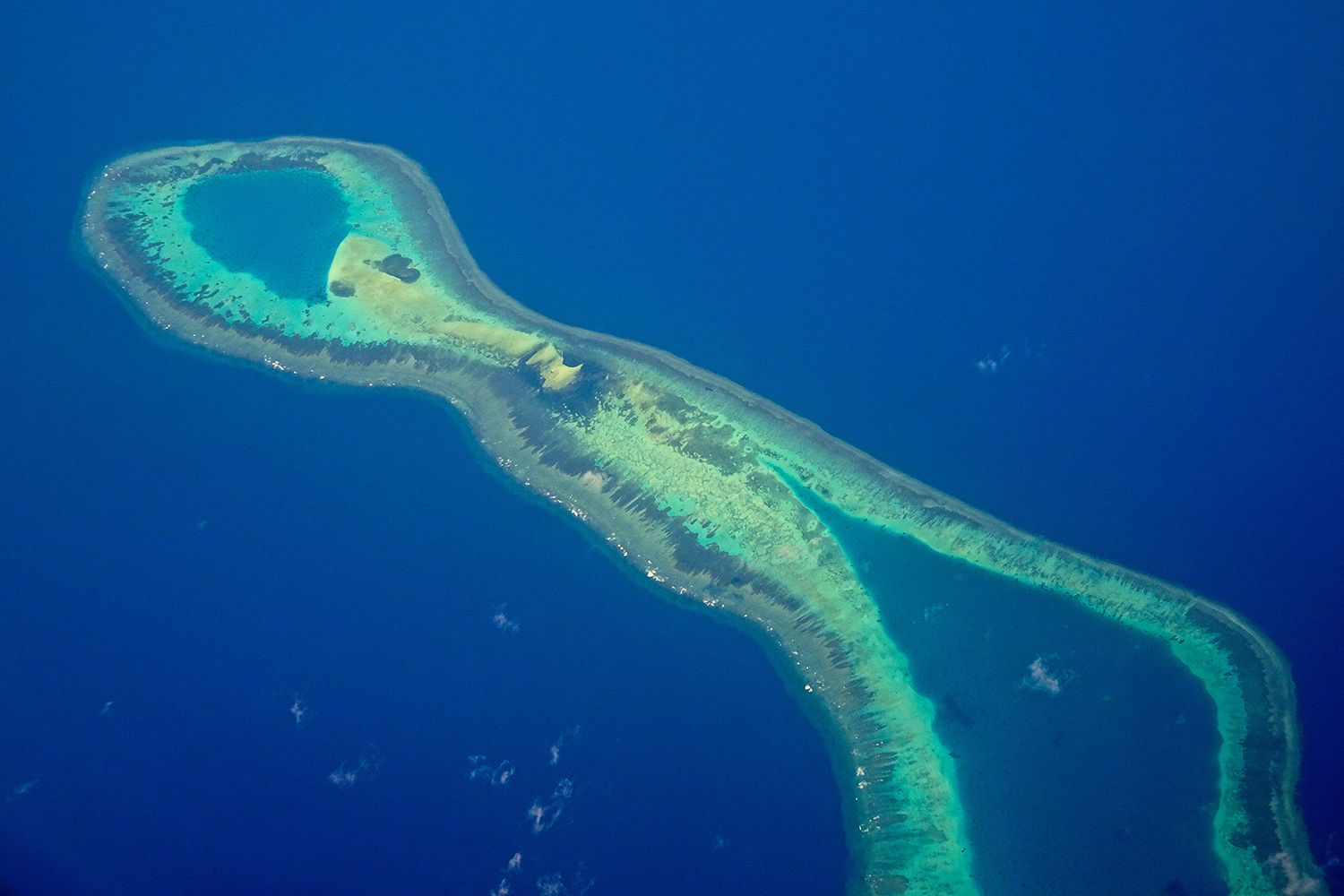
• Area: 895,400 square miles (2,319,000 sq km)• Average depth: 5,419 feet (1,652 m)• Ocean: Pacific Ocean
Sediments in the South China Sea contain volcanic ash, both in deep and shallow waters, from various volcanic eruptions, including Krakatoa, which erupted in 1883.
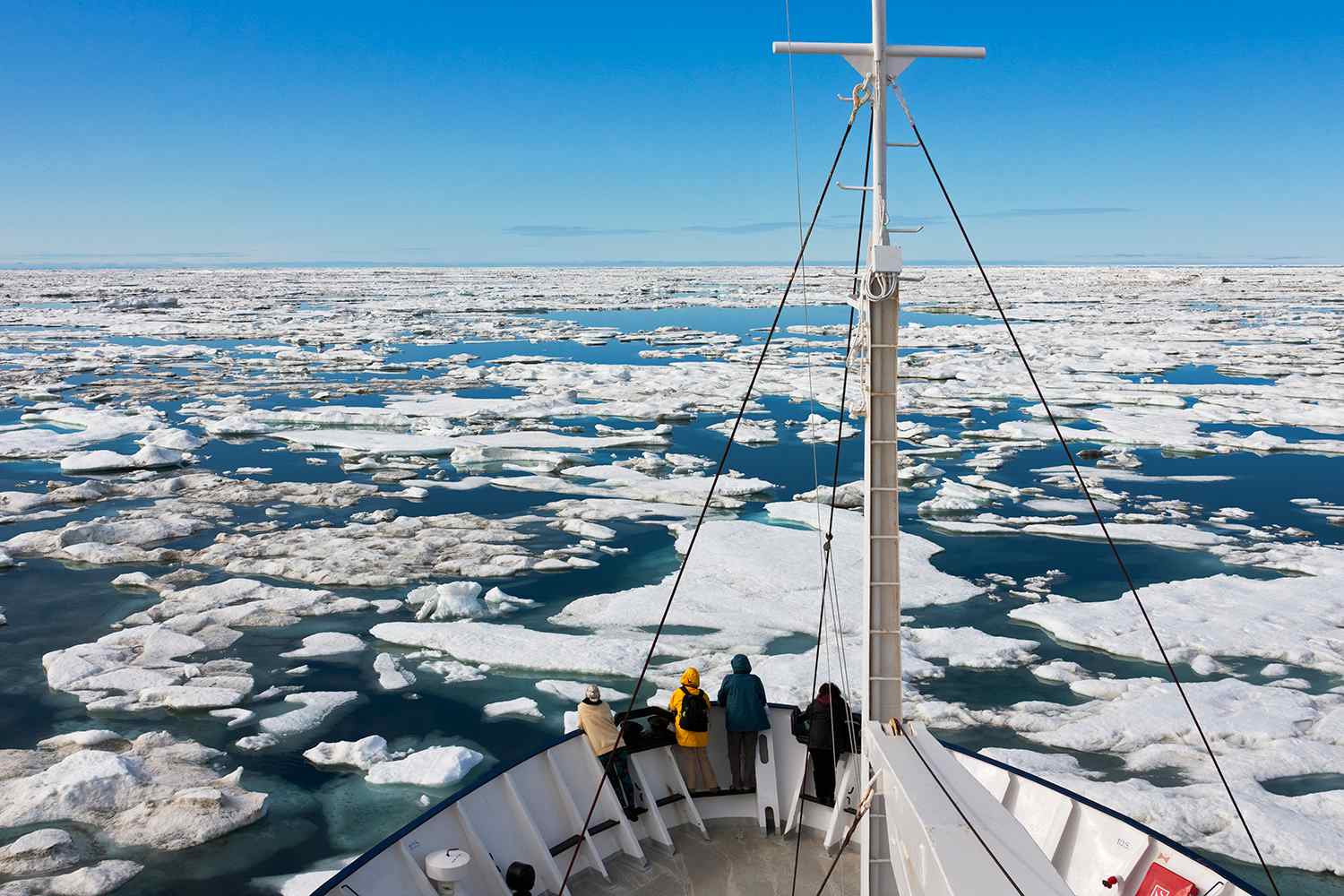
• Area: 884,900 square miles (2,291,900 sq km)• Average depth: 5,075 feet (1,547 m)• Ocean: Pacific Ocean
The Bering Straight’s depths average only between 100 to 165 feet (30 to 50 m) but the Bering Sea’s deepest point descends to 13,442 feet (4,097 m) in the Bowers Basin.
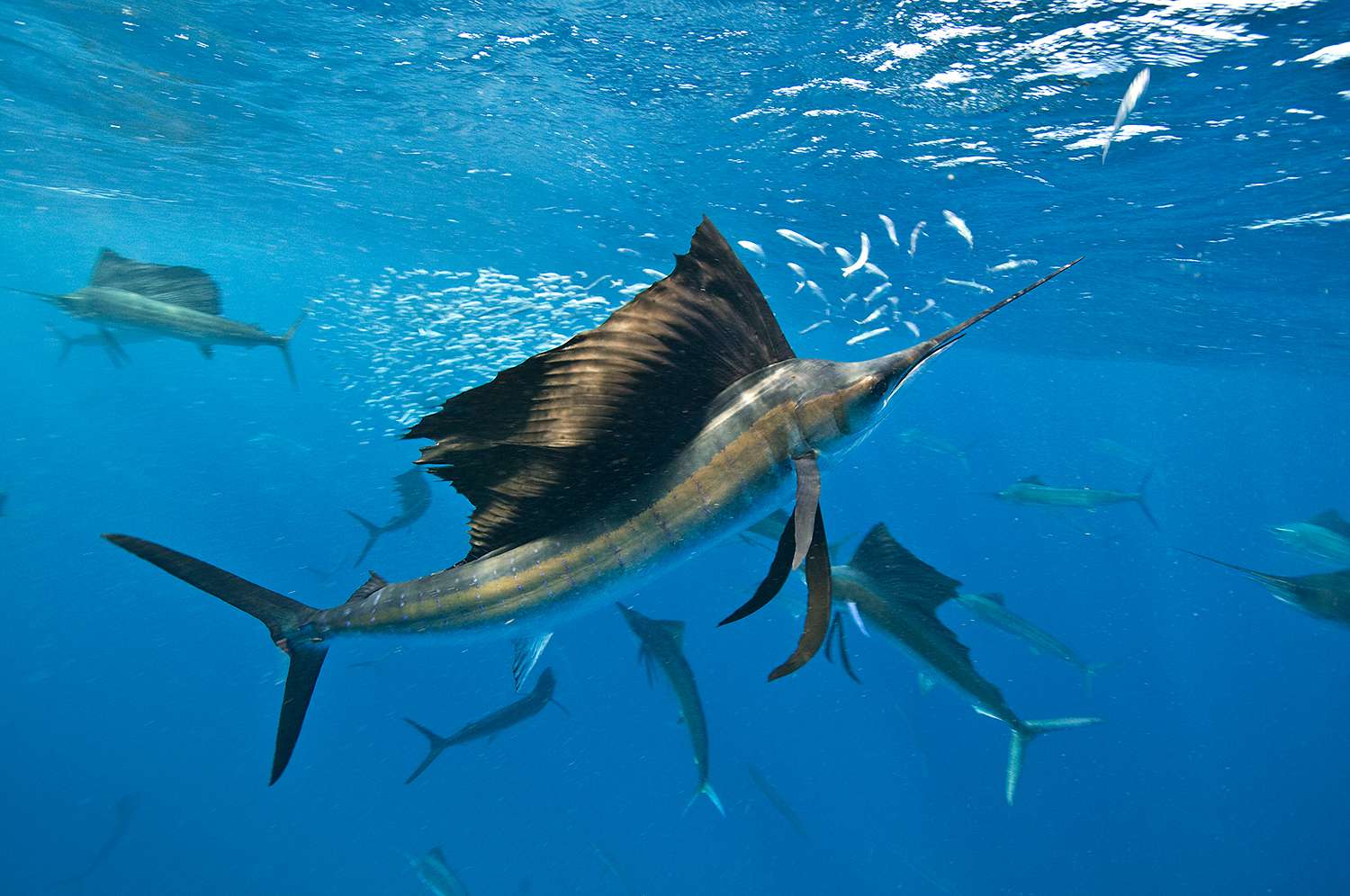
• Area: 615,000 square miles (1,592,800 sq km)• Average depth: 4,874 feet (1,486 m)• Ocean: Atlantic Ocean
The Gulf of Mexico is the world’s largest gulf, with 3,100 miles of shoreline (5,000 km). The Gulf Stream originates from there.
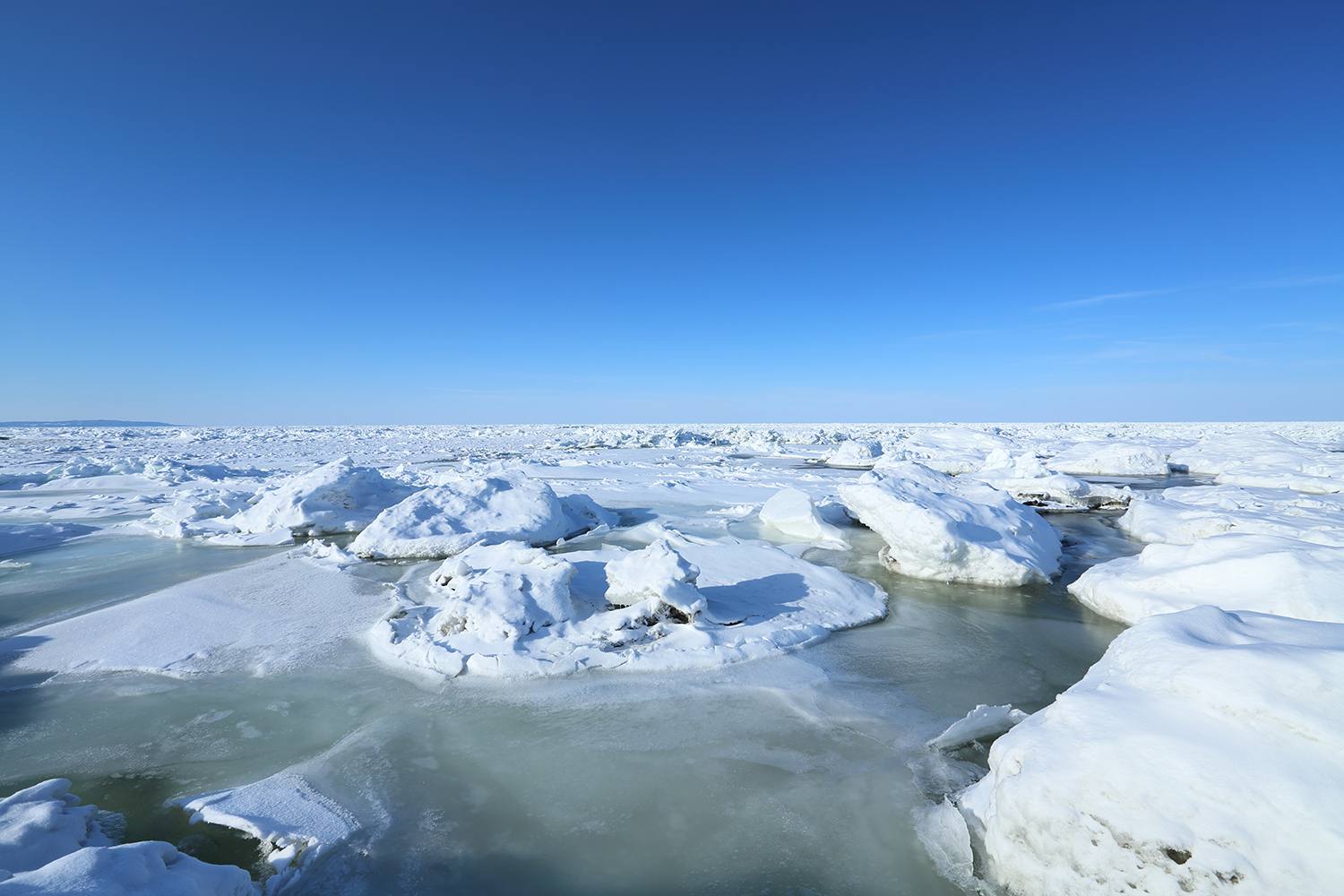
• Area: 613,800 square miles (1,589,700 sq km)• Average depth: 2,749 feet (838 m)• Ocean: Pacific Ocean
The Sea of Okhotsk is almost entirely bordered by Russia, except for a small part that lies by the north of Japan. It’s the coldest sea in East Asia.

• Area: 482,300 square miles (1,249,200 sq km)• Average depth: 617 feet (188 m)• Ocean: Pacific Ocean
Monsoon-driven weather dominates in the East China Sea, with wet, rainy summers and typhoons and colder, drier winters.
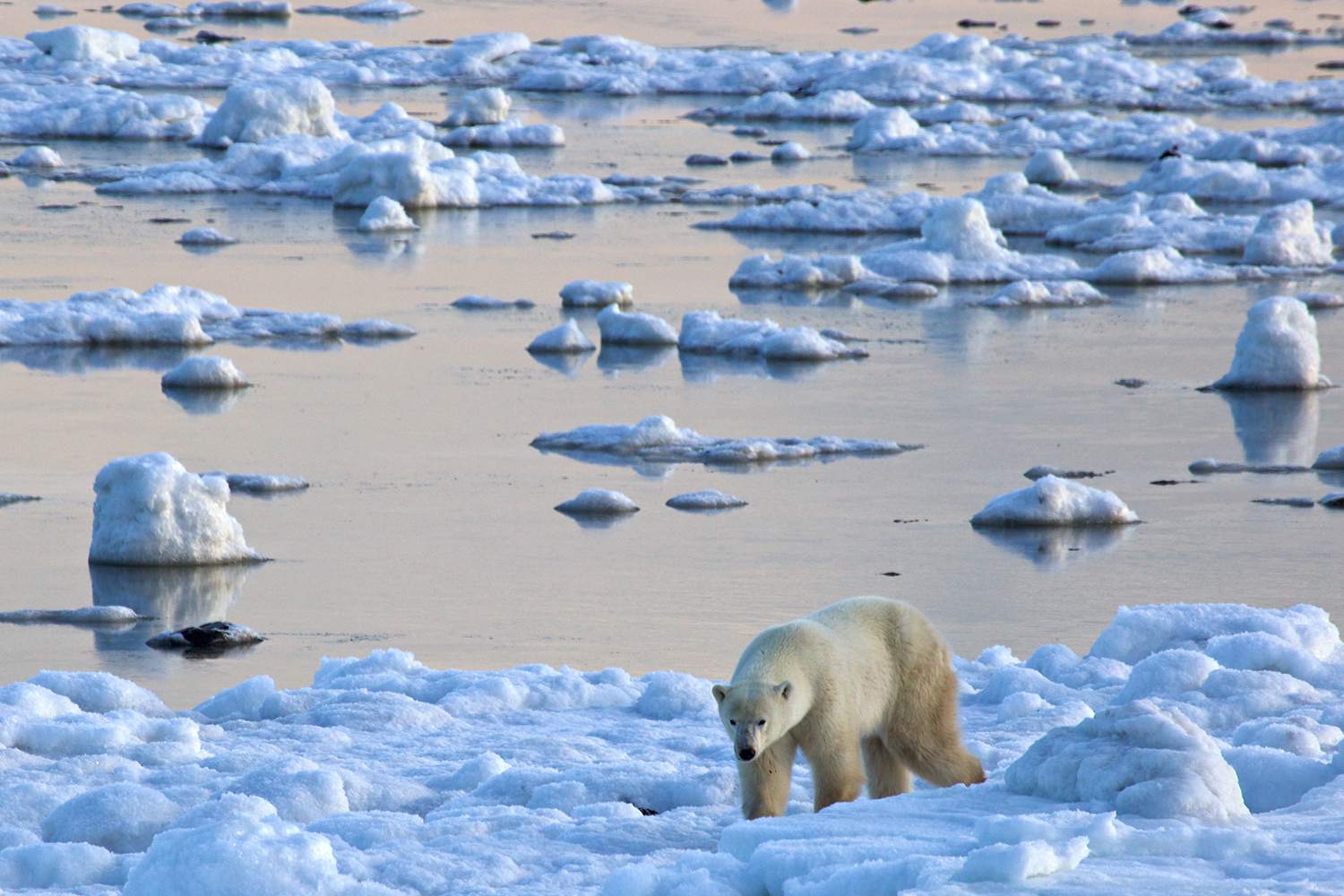
• Area: 475,800 square miles (1,232,300 sq km)• Average depth: 420 feet (128 m)• Ocean: Arctic Ocean
The inland sea of Hudson Bay in Canada was named for Henry Hudson, who sought the Northwest Passage to Asia in 1610. It’s the second-largest bay in the world, after the Bay of Bengal.
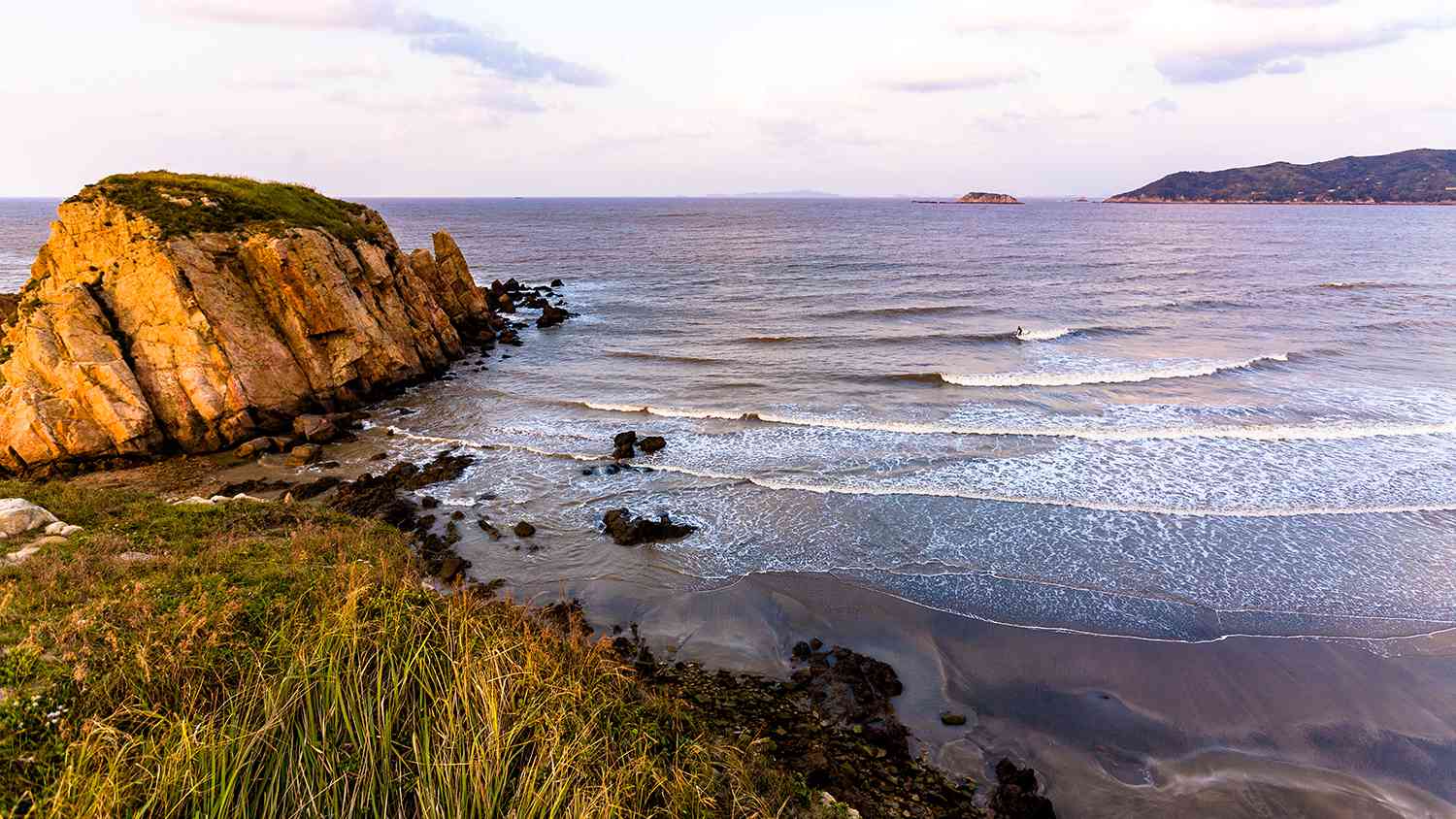
• Area: 389,100 square miles (1,007,800 sq km)• Average depth: 4,429 feet (1,350 m)• Ocean: Pacific Ocean
The Sea of Japan has served its namesake country in defense, with supplies of fish and mineral deposits, and for regional trade. It also affects the country’s weather. The northern part of the sea even freezes over.
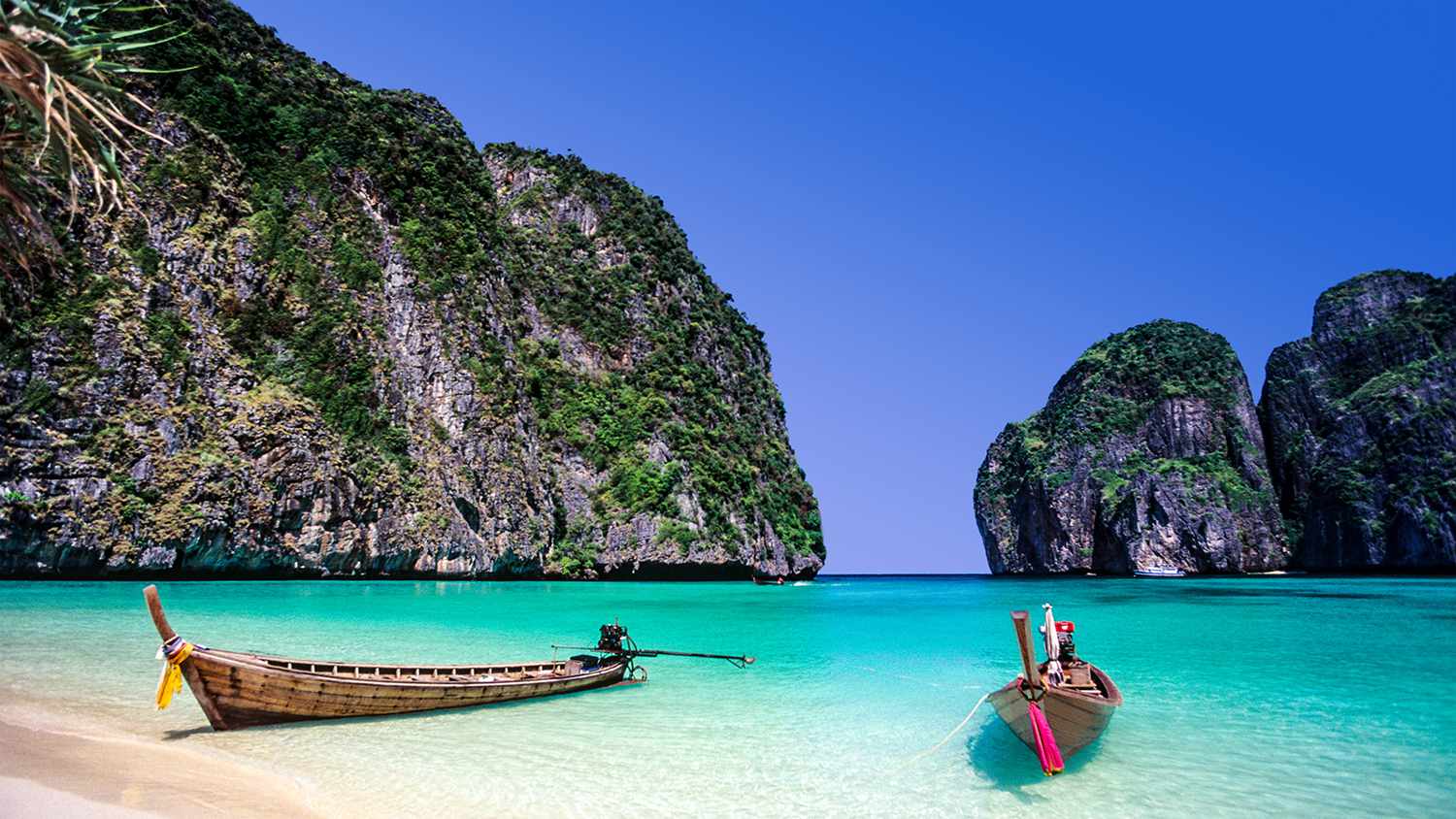
• Area: 308,000 square miles (797,700 sq km)• Average depth: 2,854 feet (870 m)• Ocean: Indian Ocean
The salinity of the water in the top third of the Andaman Sea varies during the year. In the winter, when there’s little rain or runoff, it’s a lot saltier2 than during the summer monsoon season.

